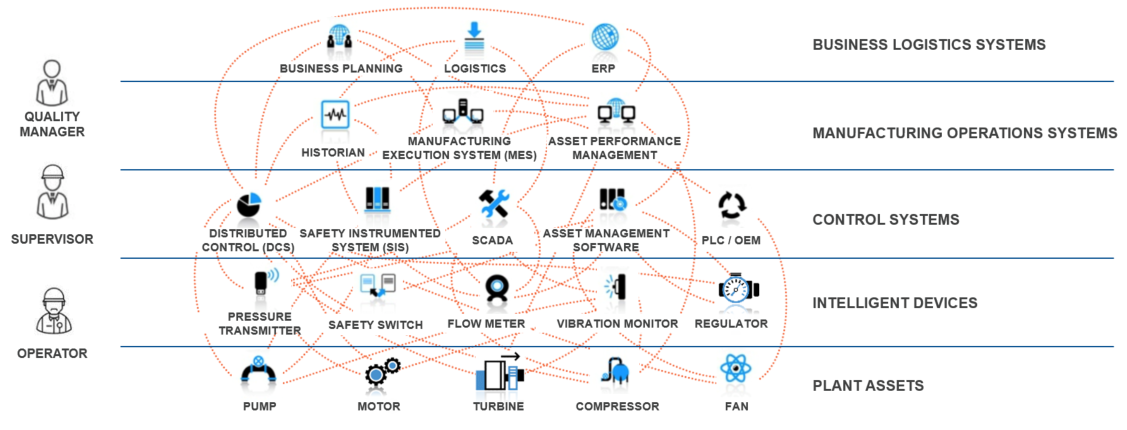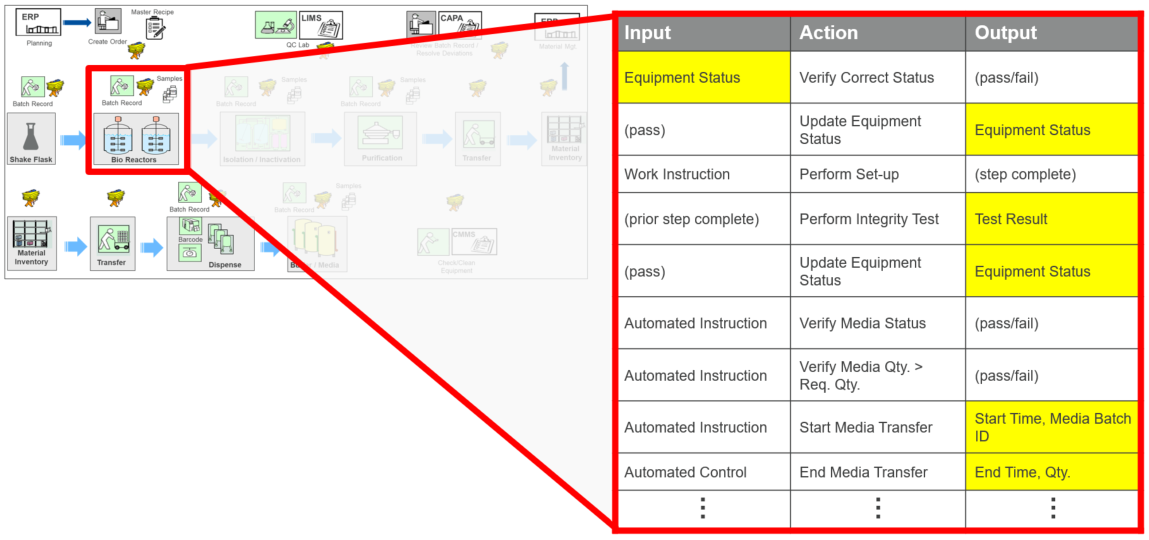Update & bump: Join our experts on November 15th or 16th, 11:00 am – 5:00 pm at Emerson Solutions Center, Singapore. They are sharing more insight into how digital transformation can solve your biopharmaceutical manufacturing challenges to facilitate the pursuit of an adaptive plant. Register Now!
In our Part 1 post, Manufacturing Challenges in Personalized Healthcare, Emerson’s Christian Berg explored the challenges biopharmaceutical manufacturers face in advancing personalized healthcare. In this final part, he describes some solutions and technologies which facilitate the pursuit of the adaptive plant, as defined by the BioPhorum Digital Plant Maturity Model, required to meet these challenges.
Christian describes the traditional technology approach, which includes isolated databases, a digital stack of applications, requests for proposal processes and supplier-driven deployment, and long lead times for automation & information system implementation and integration.
This approach needs to move towards shared operational technology (OT) data cores, an ecosystem of applications, marketplace purchases and customer-driven deployments, and rapid, modular deployment of new functions.
He likened the validation process for technology functions in a highly-regulated environment to concrete. Process controls are disclosed in regulatory filings with the qualification of process controls and process control technologies. The process validation depends upon precursor system qualification with change control implemented to prevent product quality shift. Procedures are established to enforce this highly controlled state.
With the system integrations required, this traditional approach, the “spaghetti mess,” is not optimized for the adaptive plant.
Christian describes this unmet need as follows:
Personalized Healthcare demands a modern, scalable, easy to implement technology ecosystem to support a rapidly evolving market that requires end-to-end data integrity and traceability for entire value stream, from patient sample collection and analysis through delivery of life saving medicinal treatment. This ecosystem needs to enable rapid new product introduction, streamlined tech transfer, and standardized global supply chain deployment while protecting intellectual property and customer information.
It’s important to acknowledge a technology gap to address this unmet need. The focus for Emerson in the Life Sciences industry is to deliver a complete ecosystem of integrated automation and digitization technologies that lead to:
- Faster product introductions with 1-click tech transfer
- Agile supply chains with real-time product release
This complete ecosystem will help to accelerate the personalized healthcare revolution and facilitate the end of treatable disease-caused deaths in our lifetime. The foundation of this ecosystem is built upon process knowledge, a digital transformation plan, and an adaptable digital landscape.
For example, we can look into which input and output data is shared across multiple systems by digging deeper into process and data knowledge. These shared data inputs and outputs establish the basis for an OT data core.
Christian also shared a methodology for developing a digital transformation plan. It begins with assessing the current state, business drivers, and ongoing projects. The next step is a workshop to crystalize the business strategy, capabilities requirements, and desired end state.
Developing a roadmap is a critical part of defining phased implementation, understanding interdependencies, and aligning events and people. This roadmap is used to create a comprehensive program with steering & governance, defining roles & responsibilities, and establishing initiative teams.
Some of the technologies and applications to help in the execution of the digital transformation include:
- Process and Knowledge Management (PKM) for better and faster technology transfer
- Real-Time Modeling System to scale up and optimize throughput with adaptive scheduling and scenario analysis
- OT Data Core with automation integration layer for gathering process data storage, Spectral Process Analytic Technology (PAT), batch execution, electronic batch records, scheduling, and connectivity with IT systems to connect quality managers, supervisors, and operators.
While work remains to be done with this digital ecosystem, it establishes a path forward for real-time data capture with associated data integrity. The adaptive plant ecosystem must include components to address knowledge management, resource optimization, and operations management. A common data backbone (the “data core”) enables information sharing for rapid continuous improvement, real-time release, and use-case-specific analytics and report generation.
Visit the links above for more on these specific technologies and applications.



